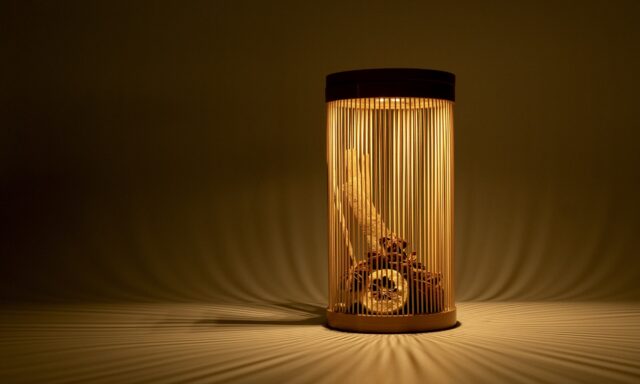Newly Launched “Yakiiro” Chopstick Rest by MIYAMA
New Products VOL.19
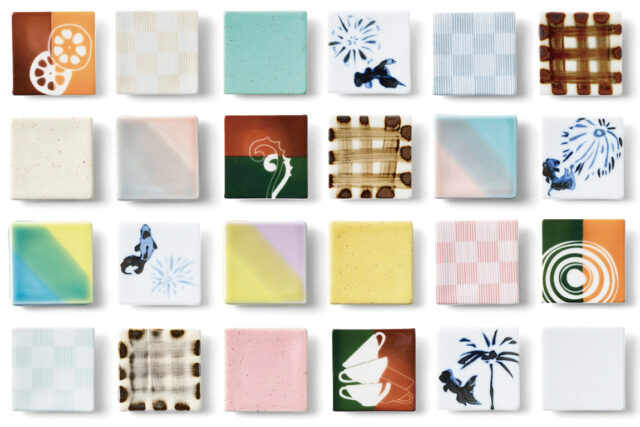

VOL.1-19
Update

VOL.1-27
Update
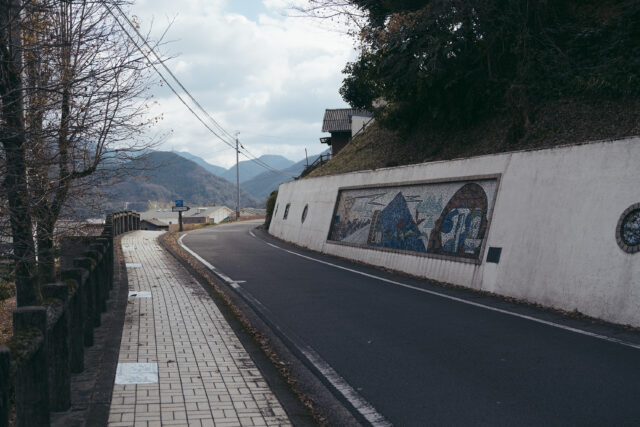
VOL.1-4
Update
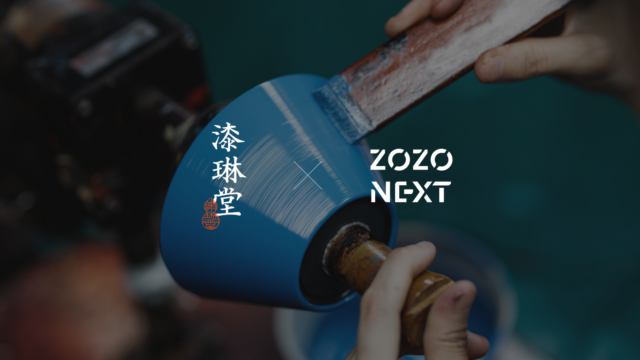
VOL.1-19
Update
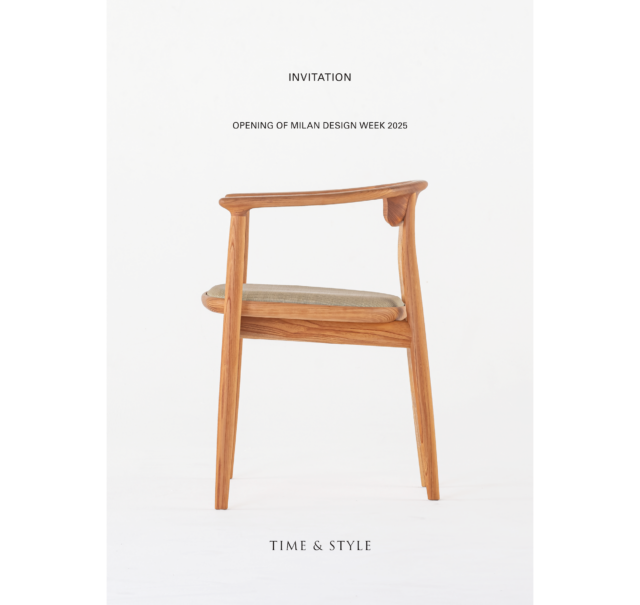
VOL.1-43
Update
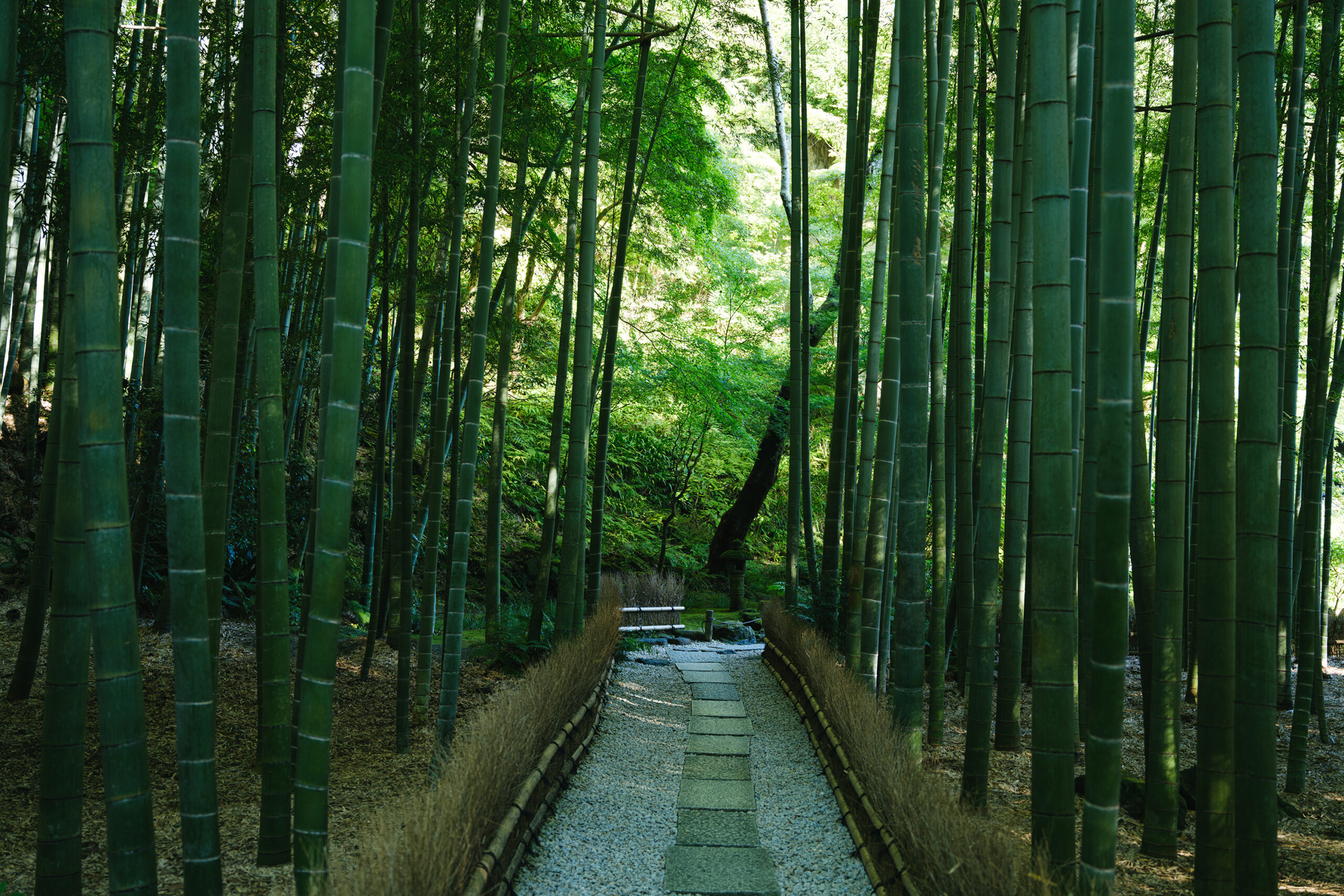
VOL.1-2
Update
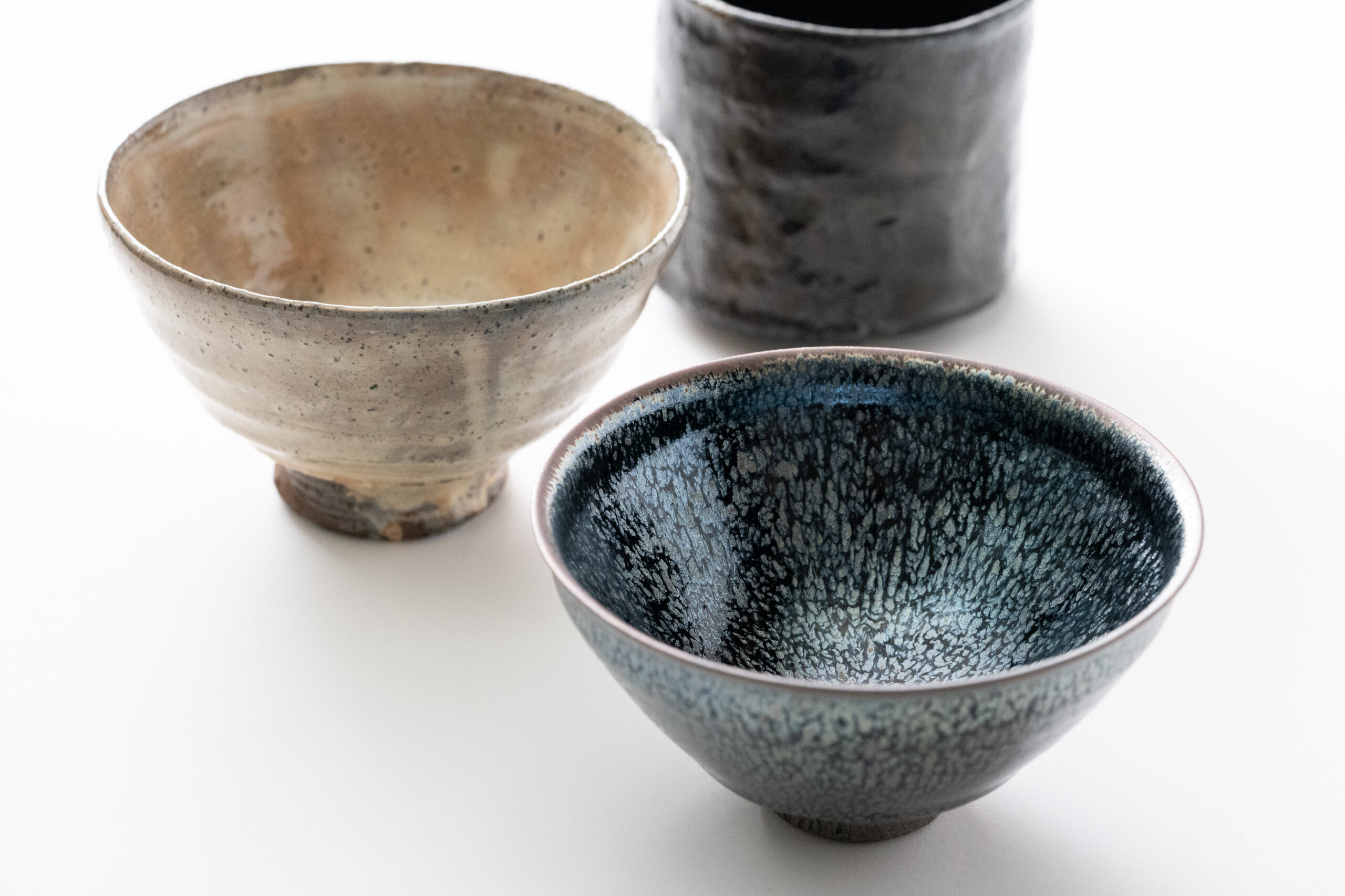
VOL.1-3
Update
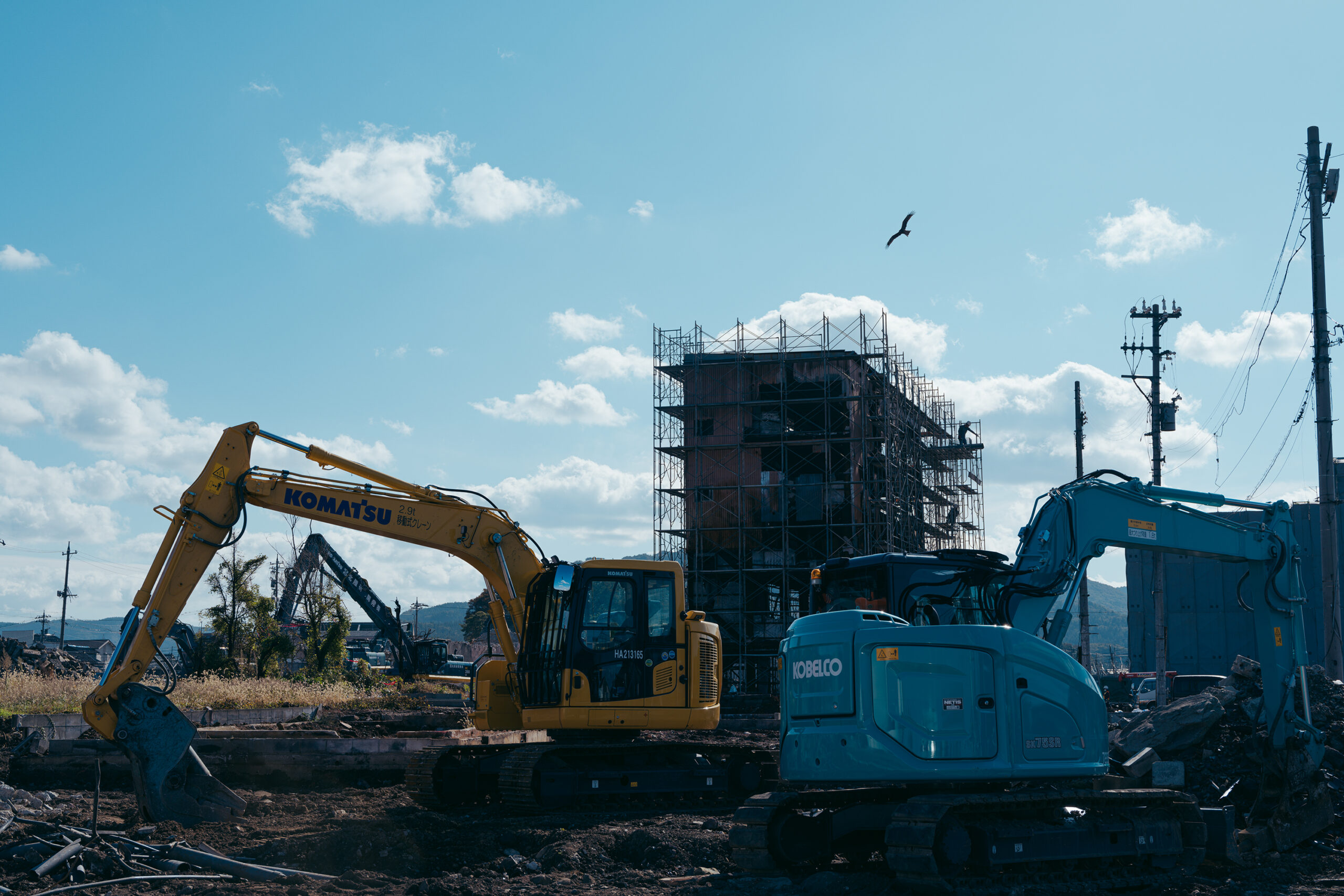
VOL.1
Update
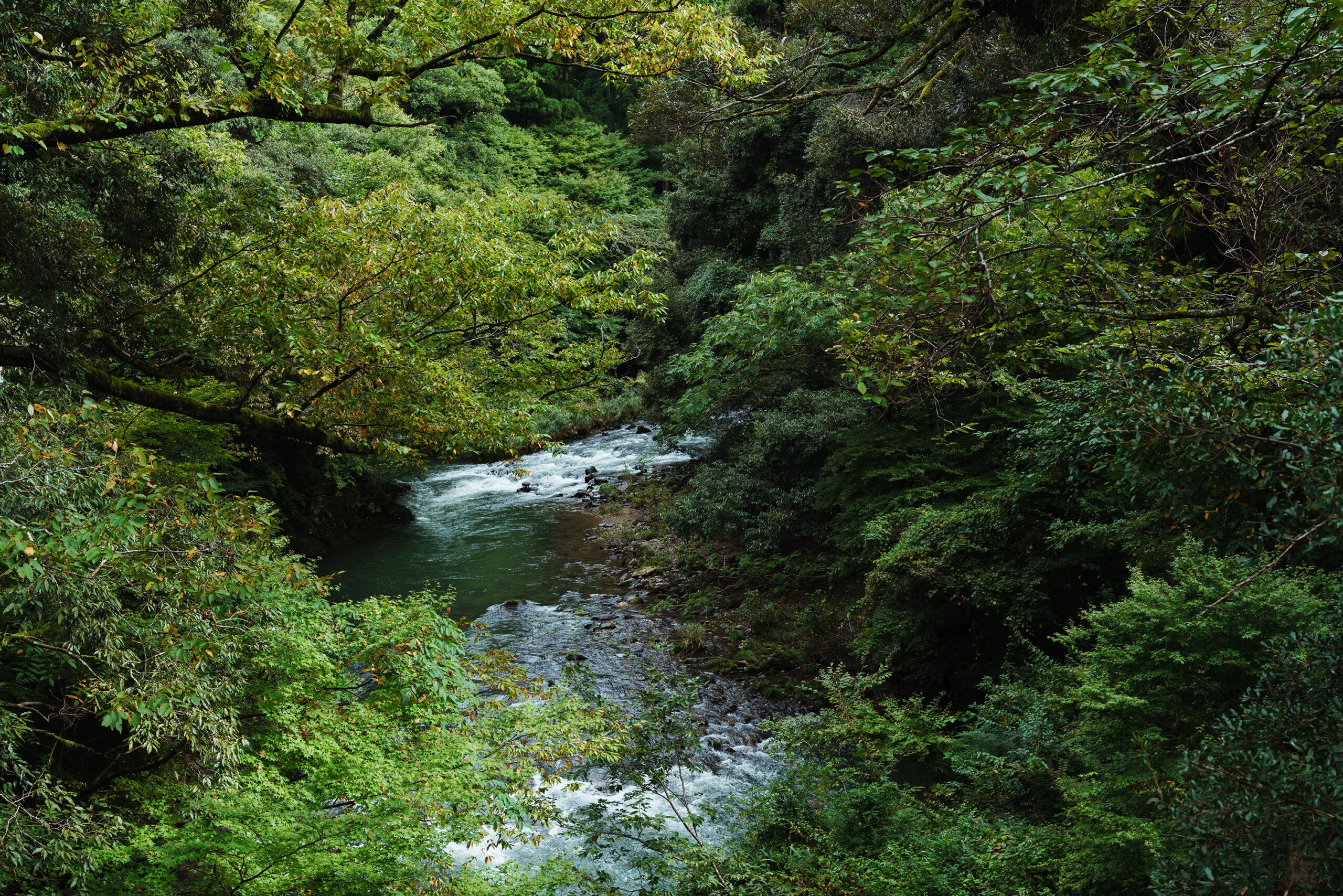
VOL.1-7
Update
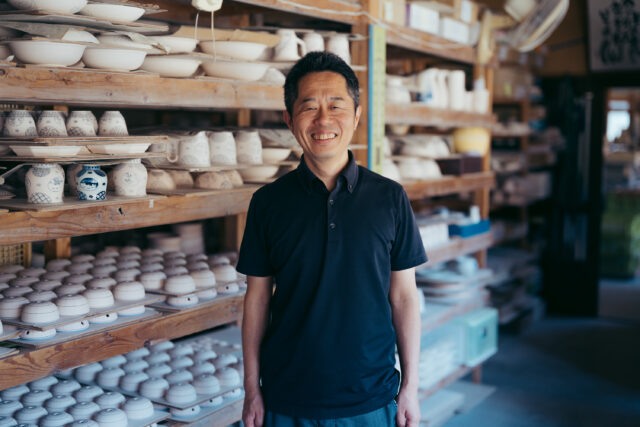
VOL.1-32
Update
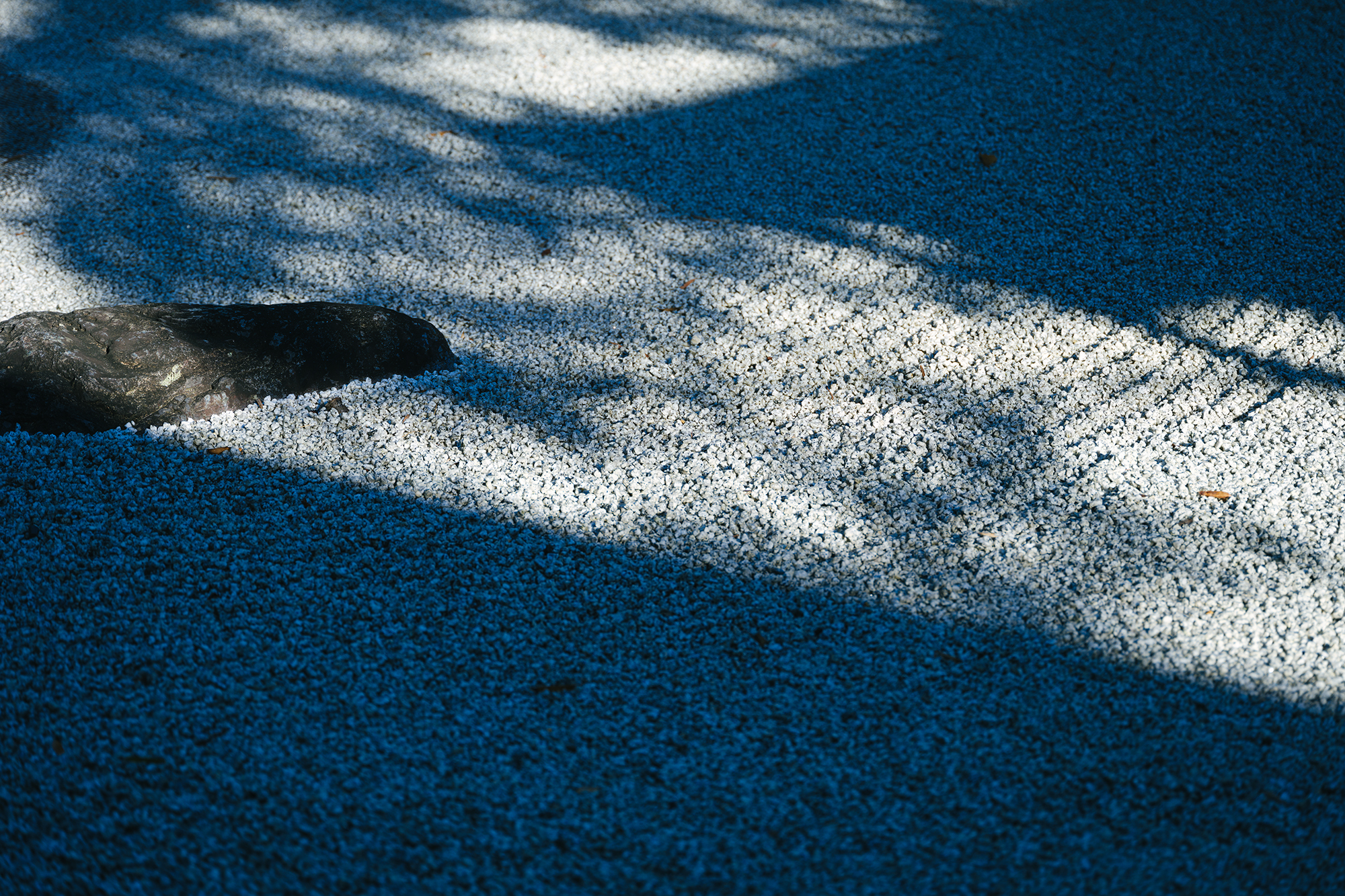
VOL.1-12
Update
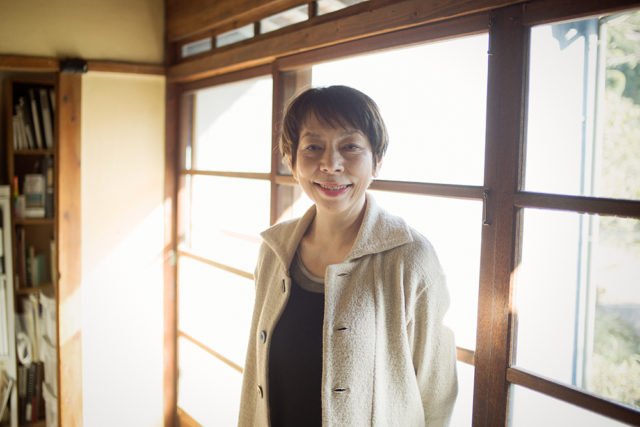
VOL.1
Update
We share a variety of information and perspectives on Japanese crafts, including exhibition information and interviews.
New Products VOL.19
Exhibition • Event Report VOL.27 AD
New Products VOL.18
Editor's Column "Craft Production Regions" VOL.4 AD
Jun 26 – Jul 2, 2025
KAKIDEN GALLERY
Jun 28 – Jul 6, 2025
PAKUPAKUAN
Jun 28 – Sep 28, 2025
Museum of Modern Ceramic Art, Gifu
Jun 29 – Sep 7, 2025
Midorigaoka Art Museum Annex
300 Momodani, Shigarakichotashiro, Koka-city, Shiga Prefecture 529-1814, Japan
+81-748-82-3411
10:00 am to 5:00 pm (Last entry 4:00 pm)
Every Monday during the opening period of Spring, Summer and Autumn (If public holiday falls on a Monday, the next business day is closed)
May be closed in between the switching of exhibitions (Please refer to the museum calendar on website)
By Public Transportation
・15 minutes by JR Biwako Line from JR Kyoto to JR Ishiyama Station. About 50 minutes by Teisan bus from Ishiyama Station to Miho Museum.
・About 20 minutes by bus from Shigaraki Kogen Railway, Shigaraki Station, via Tashiro/Hata/Tougei-no-Mori.
By Taxi
・About 30 – 40 minutes from JR Ishiyama or Seta or Minami-Kusatsu Station.
・About 20 minutes from Shigaraki Kogen Railway, Shigaraki Station.
By Car
・About 15 minutes from Shin-Meishin Expressway, Shigaraki IC
・About 20 minutes from Shin-Meishin Expressway, Kusatsu-Tanakami IC
・About 30 minutes from Meishin Expressway, Ritto IC
・About 30 minutes from Keiji Bypass, Seta-Higashi IC
・About 35 minutes from Meihan Expressway, Mibuno IC
* While every effort has been made to ensure the accuracy of the information of each museum and gallery, please refer to the official website of each facility for the latest information.
Opened in 1997, Miho Museum stands in the midst of Shigaraki, Shiga Prefecture’s mountainous nature. Designed by I.M. Pei, who is renowned for works such as the glass pyramid at the Louvre in Paris, the museum has a structure that seemingly blends into the mountains. The design was inspired by a Shangri-La as described in the ancient Chinese work “Taohua Yuan Ji (The Peach Blossom Spring)”. The museum holds a collection of about 3,000 works gathered over the past 40 years by founder Mihoko Koyama that covers a wide variety of Japanese art such as tea utensils, Shinto and Buddhist art, paintings, calligraphy, ceramics, and lacquerware, as well as ancient art from Egypt, Western Asia, Greece, Rome, Southern Asia, and China. The collection includes important cultural properties, such as Yohen Tenmoku. About 250 to 500 exhibits are opened to the public at all times, and special exhibitions are held each season.
